Scores




Activating patients through education, shared decision-making, self-management, and motivational interviewing has been the subject of much research over the years. This kind of patient's activation has been shown to improve health, adherence to the therapy, patient satisfaction, and it also may lead to reduced healthcare costs. This could be very useful when addressing the certain health issues, such as obesity, for example, which increases the numbers of sufferers from Type II diabetes, hypertension, heart disease, and some types of cancer every year. However, activation is also hard task, knowing how some patients could be averse to discussing their weight problem or unwilling to change their habits.
Certain tools and techniques may come in handy when dealing with these issues. Some hospitals already implemented various types of training and motivational interviewing techniques to help patients by engaging them in solving their health issues, usually the particular addiction.
One of these tools that use the concept of patient activation and shared decision making is the PEP Tools app. It's designed for both clinicians and patients, with a goal to improve interactions with the patients and to motivate them to actively engage in improving their health and healthcare.
The basic premise of the PEP Tools app is to inform and activate patients through learning and discussing their medical condition with a provider, so they could make shared therapy decisions and take action on their own. Along with its companion website of the same name, the app includes additional material for both patients and providers, but currently only for two conditions - weight management and gout.
If you're medical provider, the PEP Tools app allows you to select a patient with one of these two conditions, then use the app features to introduce the topic and review therapeutic options with them. You can also send a PEPtalk on the topic to your patient and discuss the material at their next visit. Finally, you can create a plan, and share it with your now activated patient, so they could implement it.
While it sounds good, we wanted to see how PEP Tools actually works in practice.
The first thing we've noticed upon opening the app is that the interface is pretty basic, even looking a bit ugly and outdated. Home screen gives you only the basic information about the app and how to use it. There are basically three steps recommended. First, you should identify the patient. Next, use the app in your office to introduce and review therapeutic options with your patient. Finally, use the "PEPtalk" to send the patient an email with SDM Aid link to review and complete before their next appointment.
Basically, there are two modules available. One for weight management and other for gout.
Tapping on the first module for weight management opens a new screen with couple of options, which are supposed to be used at the point of care along with your patient. First option is Health Risk explaining patophysiology, treatment benefit and treatment principles. There's also Therapy that talks about different treatment options, from diet and exercise, to medications and surgery.
Medication Options section provide more information about how medications work and how efficient they are, as well as potential risk and side effects of individual medications used for weight loss.
Finally, Decision section works in a form of decision making questionnaire that provides both patients and providers with additional info.
However, information provided within these sections is scarce. All you see are the basic slides and graphs that don't provide much useful information. They just give basic goals and common recommendations, which isn't enough for an app that advertises itself as medical tool.
Another downside was very slow, almost unresponsive interface, which was frustrating. For example, waiting time between a tap and opening a new screen was sometimes greater than 20 seconds. This, paired with outdated design is unacceptable for modern apps.
Gout module offers almost the same setup and options, with somewhat different slides, depending on the topic.
It would be good if the app provides more and detailed information, and if it covers more than just these two topics, for example diabetes, hypertension, and other conditions seen in primary care every day. That would greatly improve our impression.
Finally, there's an option to send a so-called PEPtalk to your patient, which is basically a field for an email address and a submit button. Once you sent it, your patient would receive an email with a link that leads to the PEP Tools website with a more info on topic you've chosen (weight loss or gout), accompanied with a video. Also, patient has an option to start one of the modules there.
We noticed one thing here. There's a statement at the bottom of the page that the weight loss modules are supported by pharmaceutical companies. So, we have a legitimate concern to believe that the app is actually leaned toward medications and bariatric surgery as options for weight loss.
We also noticed that there's no single reference or supportive evidence in the app, as well as the website.
As a conclusion, PEP Tools app offers some utility, but in our opinion that's not enough for a serious medical app.
Benefit: Medical providers, who interact with a patient with obesity or gout problem, may use this app to provide guidance on condition management, but only as a limited source.
Verdict:
For- Patient activation and shared decision apps like this are rare
- Outdated and slow interface
- Good idea, implemented poorly
- No references or evidence to support information
- All material for patients is available only on the website
- The app is supported by "Big Pharma", hence the bias concern


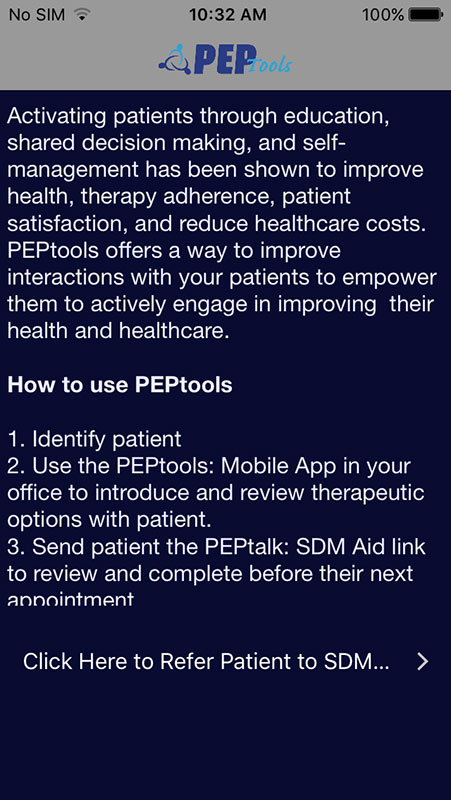
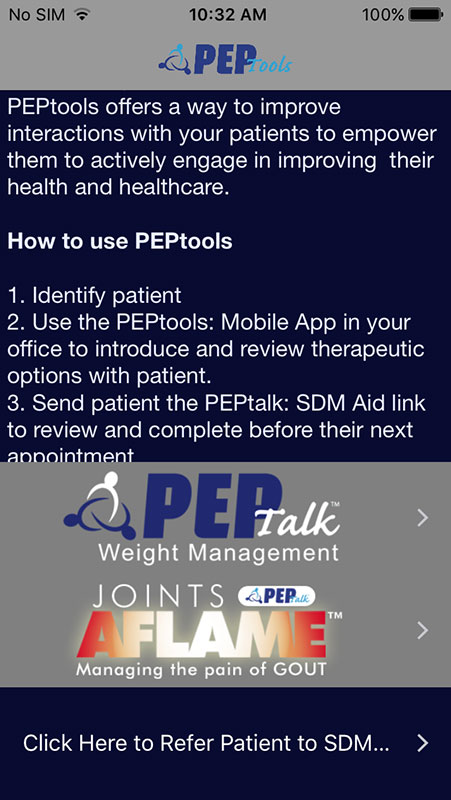
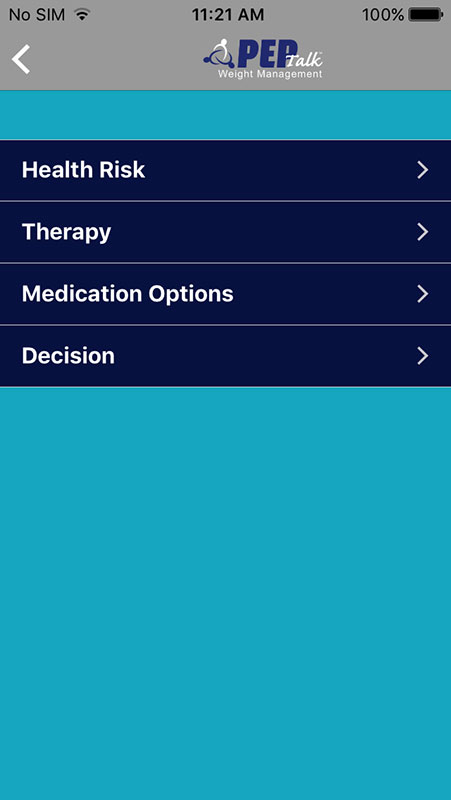
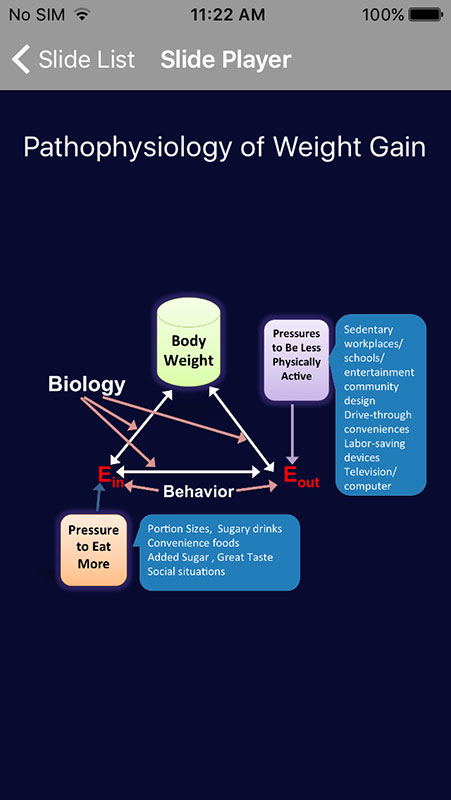
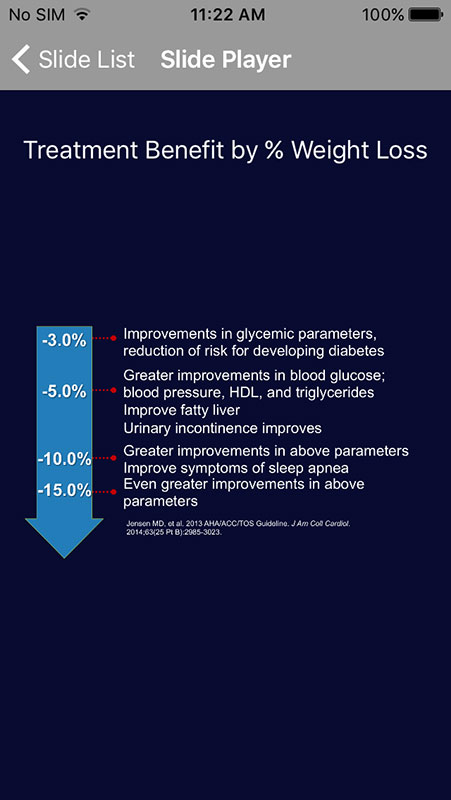
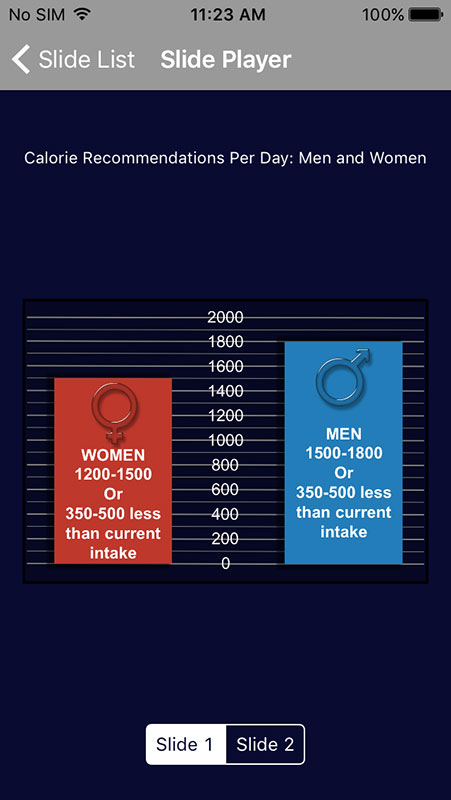
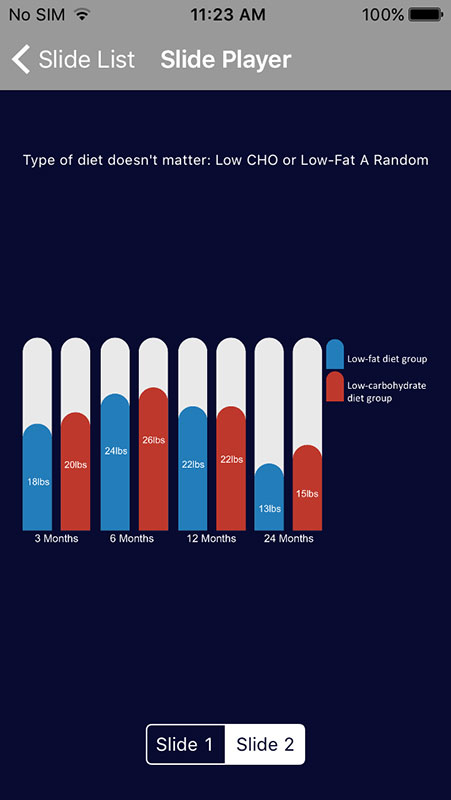

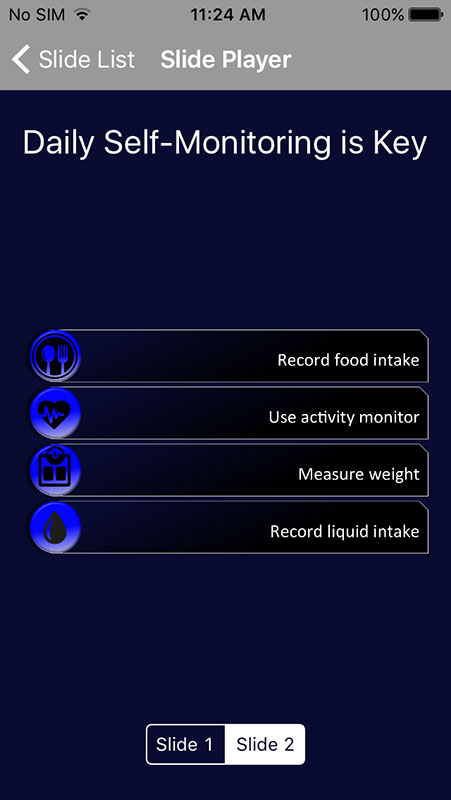
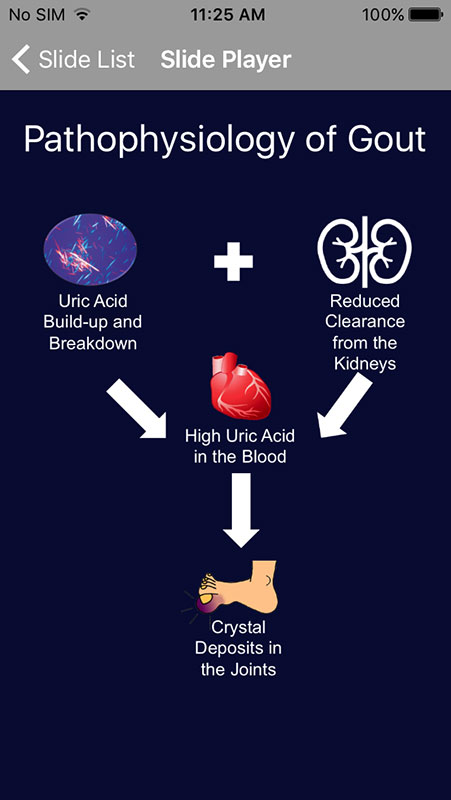

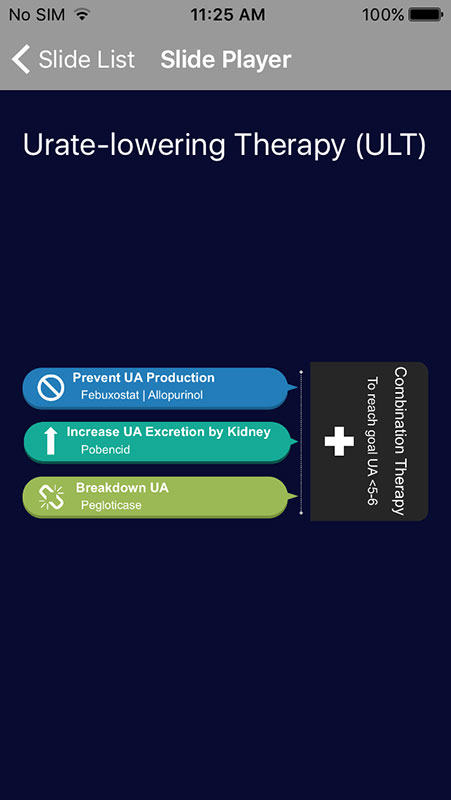
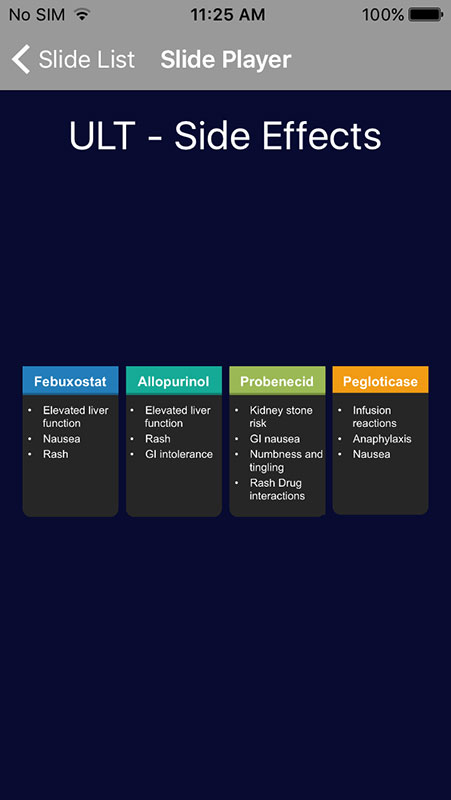
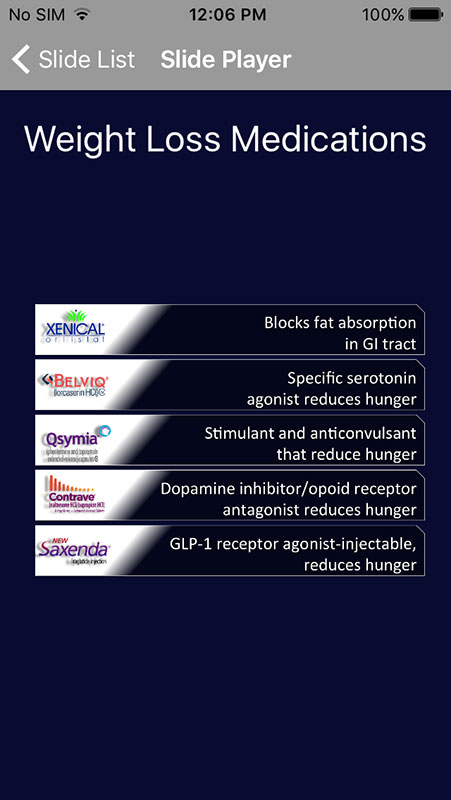
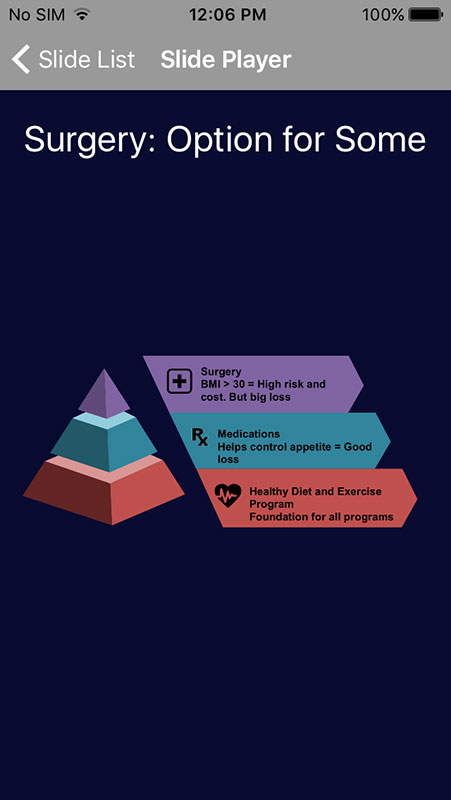
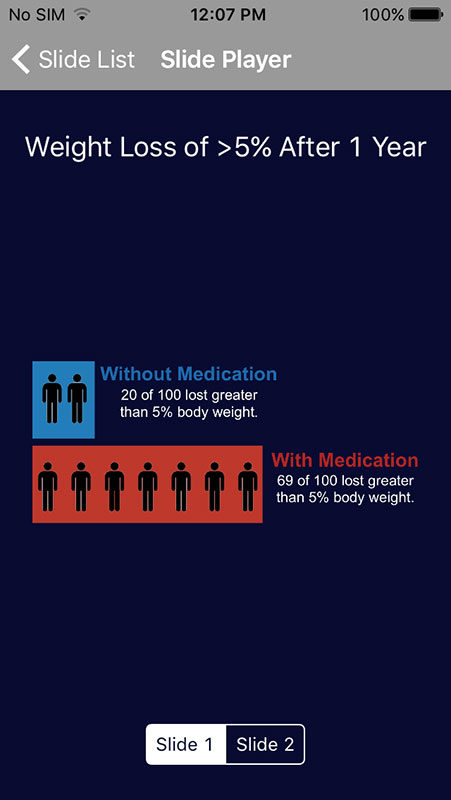







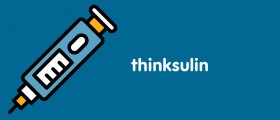
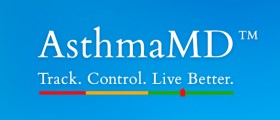


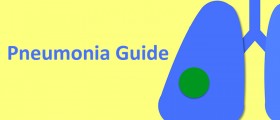


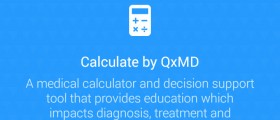
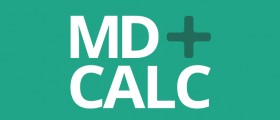

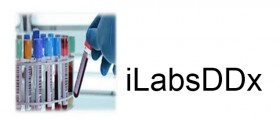







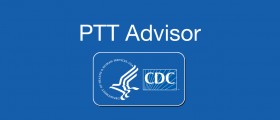




Your thoughts on this
Loading...